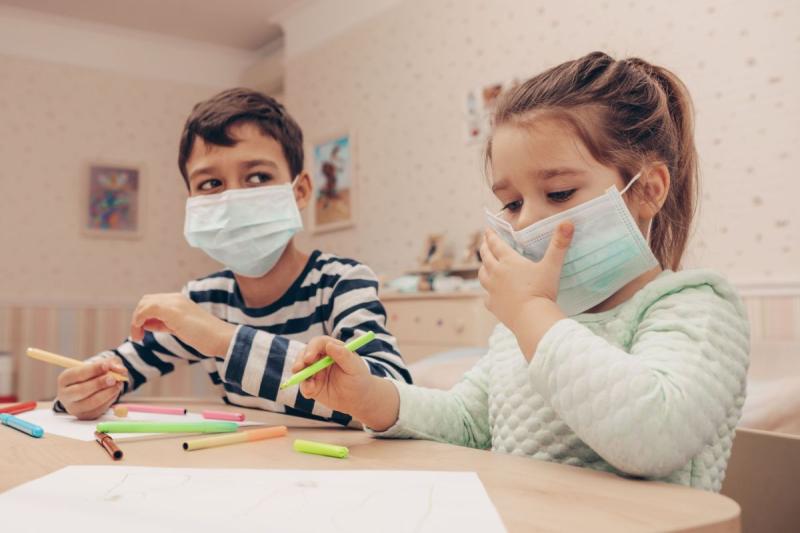COVID-19 household transmission is way higher than we thought
By: Rachael Rettner (livescience. com)


Not surprisingly these mini-spreader events, with infection rates as high as 55 pct, account for a large portion of the recent surge in cases. Similar household spread is responsible for increases in seasonal colds and flu.
We've been told to worry about community spread but, apparently, the community begins in the home.

COVID-19 spreads in U.S. households more often than previously thought, according to a new study.
The study, published Friday (Oct. 30) in the journal Morbidity and Mortality Weekly Report, involved 191 people in Tennessee and Wisconsin who lived with someone recently diagnosed with COVID-19. Of these, 102 people become infected within seven days of being enrolled in the study, for a "secondary infection rate" of 53%. (The secondary infection rate is the percentage of exposed people who catch COVID-19 from the first case.)
About 75% of these secondary infections occurred within five days of the first household member getting sick.
"We observed that, after a first household member became sick, several infections were rapidly detected in the household," study lead author Dr. Carlos Grijalva, an associate professor of Health Policy at Vanderbilt University Medical Center in Nashville, said in a statement.
Other studies looking at transmission of COVID-19 in households — mostly conducted in Europe and Asia — have found a secondary infection rate of 30% or lower. But the new study, which was conducted from April through September, is one of the first to look at COVID-19 transmission in U.S. households in a systematic way, with participants undergoing daily testing for COVID-19.
Part of the reason for the higher secondary infection rate in the new study, compared with previous reports, may be due to the study's rigorous methods and follow-up testing of household contacts, the authors said. In addition, studies in other countries may have had lower secondary infection rates because people in those countries were quicker to wear face masks inside their own home when another household member was sick. (Mask use when sick has not traditionally been part of American culture, whereas it is in some other countries.)
The study also found that "substantial transmission" occurred regardless of whether the first household case (known as the index case) was a child or an adult.
Indeed, in households in which the index case was under 12 years old, the secondary infection rate was 53%; and in households in which the index patient was ages 18 to 49, the secondary infection rate was 55%, the report found.
"Infections occurred fast, whether the first sick household member was a child or an adult," Grijalva said.
What's more, fewer than half of household members showed symptoms at the time they tested positive for COVID-19, and 18% remained asymptomatic over the seven-day study. This finding underscores the need for people to quarantine if they've had close contact with someone who tests positive for COVID-19, the authors said.
Overall, "persons who suspect that they might have COVID-19 should isolate, stay at home, and use a separate bedroom and bathroom if feasible," the report said. This isolation should begin even before a person gets tested or gets their results. In addition, all household members should start wearing a mask in their home, particularly in shared spaces where social distancing isn't possible, the authors said.
The authors note that their study was conducted in two U.S. cities — Nashville, Tennessee, and Marshfield, Wisconsin — and the families in the study may not be representative of the general U.S. population.







Happy holidays!
Thank you, China.